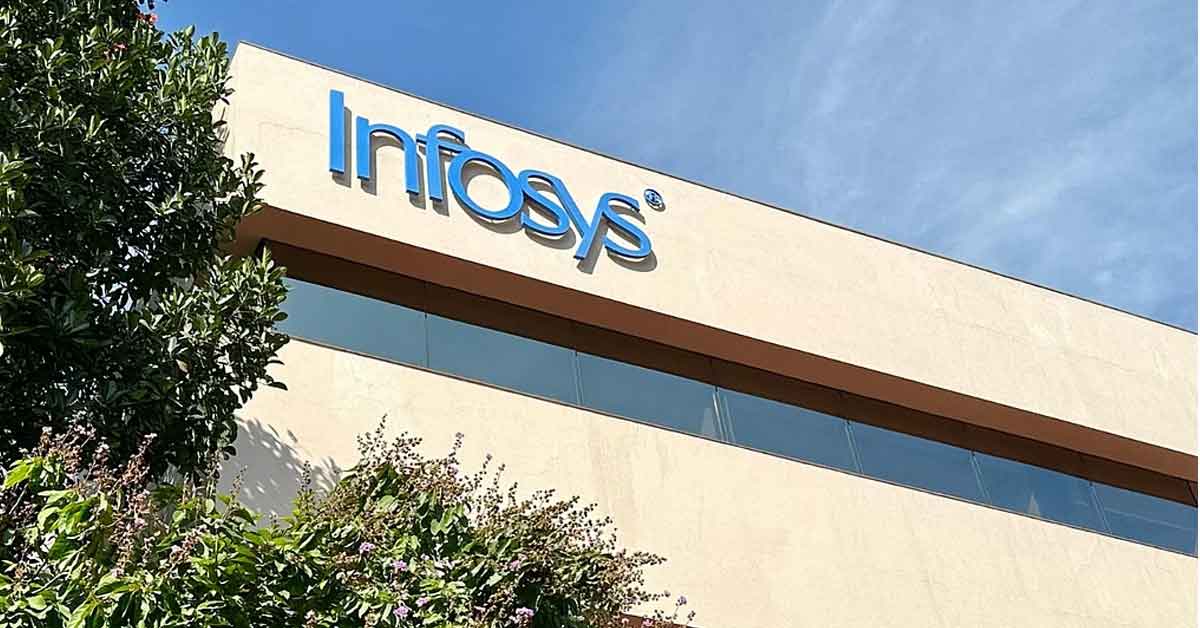Let’s keep this simple. Infosys is a steady compounder in India’s IT space. The story isn’t about quick thrills; it’s about patience, bonuses, and time. If you’re curious whether an Infosys investor could become a billionaire, here’s a clean walk-through without buzzwords.
About Infosys
Infosys is a large technology services company with a long record of growth, cash generation, and shareholder rewards. Over decades, it has shared growth with investors through dividends and multiple bonus issues/stock splits. That’s where the compounding magic starts.

Bonus History (Past ~30 Years)
Across the last three decades, Infosys has issued several bonuses and one key split that multiplied share count many times. A simplified timeline looks like this:
- 1994 – 1:1 bonus
- 1997 – 1:1 bonus
- 1999 – 1:1 bonus
- 2000 – 2-for-1 split
- 2004 – 3:1 bonus (i.e., four shares for one held)
- 2006 – 1:1 bonus
- 2014 – 1:1 bonus
- 2015 – 1:1 bonus
- 2018 – 1:1 bonus
“Buy 100 Infosys Shares” — Compounding Example
Assume someone bought 100 shares in the 1993s and just held. After all the bonuses/splits above, those 100 shares would become:
100 × 1024 = 102,400 shares.
Now take a recent market price around ₹1,500 per share (late August 2025):
102,400 × ₹1,500 ≈ ₹15.36 crore.
That’s how a modest starting position can turn into serious wealth—without trading in and out. This ignores dividends; if you had reinvested dividends consistently, the final figure would be higher.
“How do I become a billionaire?” — A realistic number
In India, “billionaire” typically means net worth of about ₹100 crore. Using the same math and the same price (₹1,500):
- Target value: ₹100 crore
- Needed shares ≈ 100,00,00,000 ÷ 1,500 ≈ 6,66,667 shares
- Back-calculate original shares (before compounding): 6,66,667 ÷ 1024 ≈ ≈ 651 original shares
So, roughly 650–700 original shares held since the early years could land you near ₹100 crore at today’s ballpark price (again, not counting dividends). That’s the scale required for “billionaire” status from this one stock.
Dividend Habit
Infosys has a history of paying interim and final dividends. For long-term holders, these cash payouts add to total returns and can be reinvested, quietly boosting wealth over time.
Infosys Share Price (Why it matters less than you think)
Infosys share price will move day to day, but the compounding story comes from years of holding. The bonus history multiplied share count; price growth and dividends did the rest. That’s the multibagger recipe—time in the market, not timing the market.
FAQ
Is Infosys still a multibagger?
It was a classic multibagger over decades. Future returns depend on business performance, valuation, and time horizon.
How many original shares to reach ₹100 crore at ₹1,500?
Roughly 650–700 original shares (because of the 1024× share-count multiplier over time).
What if I reinvest dividends?
Reinvesting dividends could lift final wealth further, but outcomes vary with prices and timing.
Is this guaranteed?
No. Markets carry risk. The example shows how past corporate actions + patience can snowball, not a promise of future results.
Disclaimer
This article is for education only, not investment advice. Market prices change and past corporate actions don’t guarantee future returns. Please do your own research or consult a SEBI-registered advisor before investing.